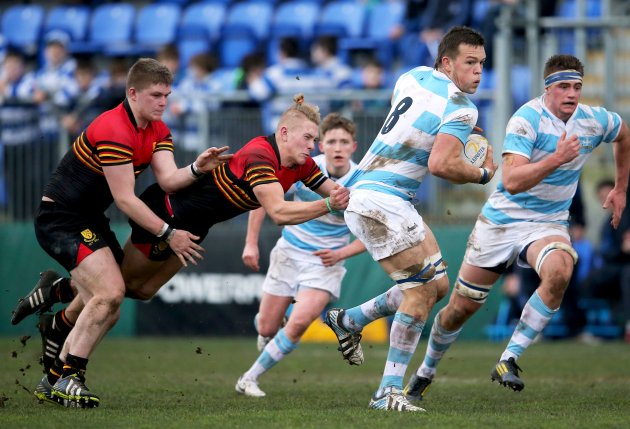Training age is an important concept which both athletes and coaches should be aware of. Many now make the mistake of comparing athletes based on age. This is especially true at underage level and young adult athletes. Often we are impressed with young athletes who stand out physically from their peers. We also often disregard athletes who might be behind others of their age. This is a big mistake to make for both athletes and coaches as it can lead to a loss of potentially good athletes.
In an age where professional sport is so popular, the physical development of young athletes begins much younger than ever before. Some teams and organizations place more emphasis on physical development than others. It is now pretty common to have a wide range of physical ability across a group of athletes of a same age in a particular sport. This has now become an issue for some coaches as they must deal with players of quite varied levels of development.
It is quite common for athletes to feel under pressure to catch up to their peers especially if they have not yet put direct work into their strength and conditioning. Often when working with a team some players struggle as they are total novices to strength training. It is common for a school player to arrive at university and be thrown into an advanced program which they are not ready for. Even on the field of play they may be noticeably smaller or weaker while being extremely skillful. These players can become targets especially in contact sports where they might be identified as a weak links.
Sports such as American football have been professional for decades and now have a structure in place where they give the less developed players time to catch up. Often in their freshman year they spend most of their time focusing on their physical development rather than playing. This allows them to avoid injury and/or a loss of motivation from being beaten around by bigger players in their first season. By allowing them to catch up they can often be quite successful in their consecutive seasons as they are big and strong enough to compete.
In sports like rugby we are now at a stage where early focus on strength and conditioning is common but not always present at school level. Players can make rapid progress with direct attention to their physical attributes. The issue is that while they try to address these issues they still play regular games and partake in multiple skills sessions a week. This does not leave much time for recovery and some players may struggle to make the desired progress. Often they can be discouraged and a loss of motivation and attendance can occur. They simply slip through the net.
A good sports program will acknowledge that players come from varied backgrounds. Their age is no longer a reflection of their physical development as some have undertaken S&C programs for years while others have never seen a weight room before. The best organizations make allowances for this and treat players on a more individual basis. This way a player’s potential can be realized without letting good players go to waste simply because their training age is lower than their peers. Often players who were once seen as underdeveloped can become serious contributors to the team when given the chance to achieve their potential. A coach should be aware of the background of each player so as to avoid missing out on a player whose potential is hindered due to underdevelopment.
